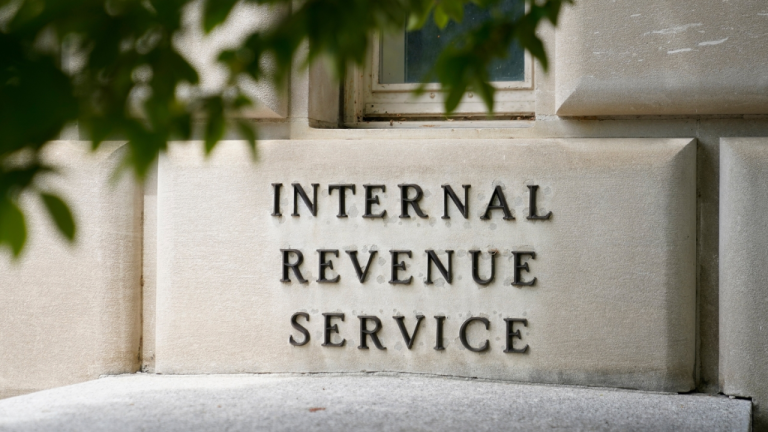The Social Security cost-of-living adjustment (COLA) for 2025 is set to increase payments by 2.5%, raising the maximum deferred retirement check to $5,180 per month. This adjustment provides a significant financial boost for retirees, but achieving this maximum benefit requires careful planning and specific strategies.
Key Steps to Maximize Social Security Benefits
While not everyone will qualify for the highest possible payment, making strategic decisions can substantially increase your monthly benefit. Here are the primary steps to optimize your Social Security check:
- Delay Retirement Until Age 70
- Postponing benefits beyond your full retirement age (typically 67) adds an 8% increase for each year delayed up to age 70. This strategy maximizes your monthly payout.
- Work at Least 35 Years
- Social Security calculates benefits based on your 35 highest-earning years. If you have fewer than 35 years of earnings, zeros are averaged into the calculation, reducing your benefit.
- Consistently Earn High Wages
- Maximum benefits are reserved for those who have consistently contributed above the annual taxable wage cap for at least 35 years. In 2025, this threshold will require earnings above the set limit.
By following these steps, you can significantly improve your Social Security payments, even if reaching the $5,180 maximum is out of reach.
Exploring Supplemental Payments
In addition to the primary Social Security check, beneficiaries may qualify for supplemental payments to increase their monthly income. These programs are designed to assist individuals in specific circumstances:
- Supplemental Security Income (SSI):
- For individuals who are elderly, blind, or disabled with limited income. The maximum SSI benefit in 2025 will be $967 per month for individuals and $1,450 for couples.
- Family Benefits:
- Spouses, ex-spouses, and dependent children may qualify for additional payments, boosting the total household income.
- Disability Payments (SSDI):
- For those unable to work due to severe disabilities, SSDI offers financial support.
- SNAP Benefits (Food Stamps):
- While not part of Social Security, SNAP benefits often supplement monthly Social Security payments to assist with food expenses.
These supplemental programs provide critical financial support for those with specific needs, making it essential for beneficiaries to explore all available options.
Planning for a Stable Retirement
Maximizing Social Security benefits involves strategic decision-making and understanding the resources available. Beneficiaries are encouraged to:
- Evaluate Earnings Records: Ensure your earnings history is accurate and up to date.
- Consult a Financial Advisor: Seek expert guidance to align your retirement plans with your financial goals.
- Stay Informed: Regularly check updates from the Social Security Administration to learn about new programs or changes in eligibility criteria.
Ensuring Financial Security
While achieving the maximum Social Security benefit may not be possible for everyone, taking advantage of COLA adjustments, supplemental programs, and strategic retirement planning can significantly enhance financial stability. With the right approach, retirees can enjoy a more comfortable and secure future.




























+ There are no comments
Add yours